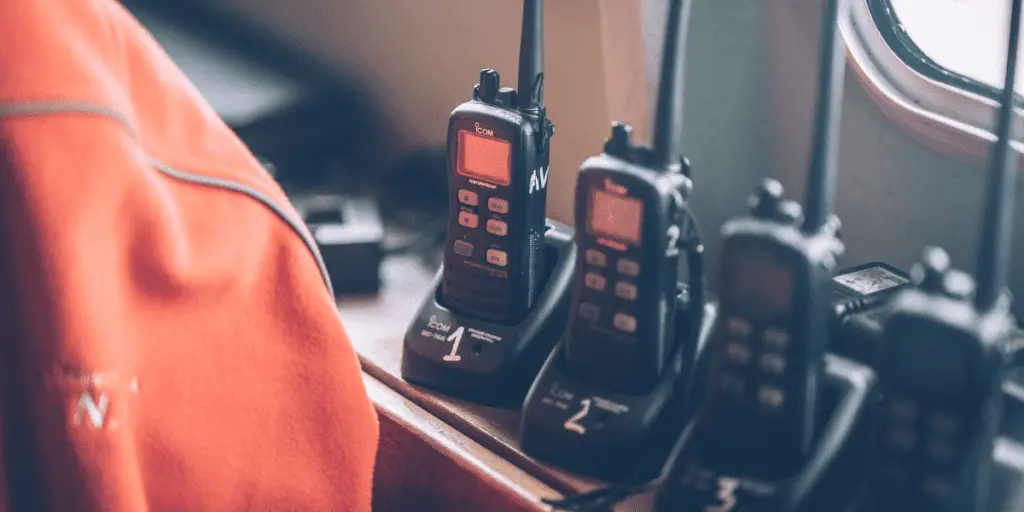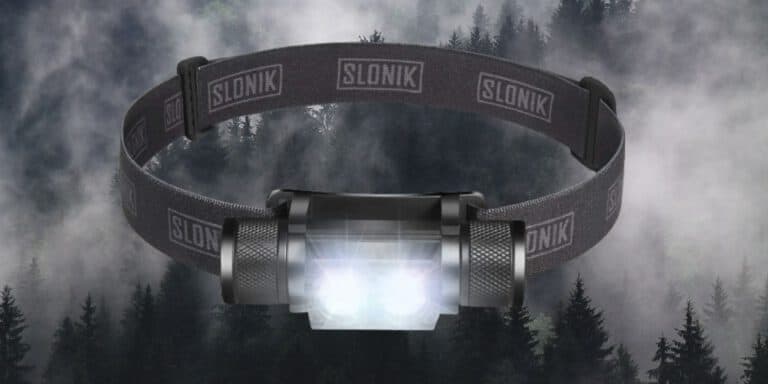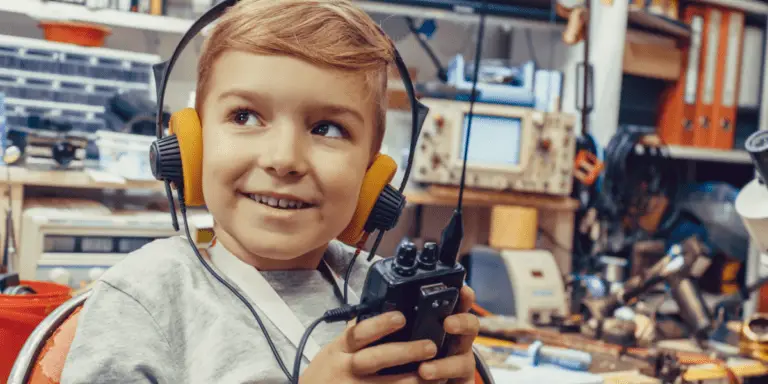Walkie-talkies vs. two-way radios: What’s the difference?
Are you trying to decide between using a walkie-talkie or a two-way radio for your communication needs? Understanding the difference between these two devices is important to ensure you choose the right one for your situation.
In this post, we will define walkie-talkies and two-way radios, compare their features and capabilities, and discuss the different applications and uses for each. Whether you are planning a hike with friends, coordinating a construction project, or responding to an emergency, this post will help you understand which type of device is best suited for your needs.

Definition of walkie-talkies and two-way radios:
Before we dive into the differences between walkie-talkies and two-way radios, it’s important to define each type of device and understand its basic features and capabilities.
Walkie-talkies
Also known as handheld transceivers are portable communication devices that allow users to communicate with each other over a short range, typically a few miles. Walkie-talkies operate on a specific frequency band and use a push-to-talk button to transmit audio.
They are often used for recreational activities such as hiking, camping, and skiing, as well as for professional purposes such as event security and retail operations. Walkie-talkies are relatively simple to use and do not require a license to operate in most countries.
Two-way radios
Also known as transceivers or handheld radios are similar to walkie-talkies in that they allow users to communicate with each other over a short range. However, two-way radios are typically more powerful and have a longer range than walkie-talkies, often reaching up to several miles or even farther in some cases.
Two-way radios operate on various frequency bands and can use analog or digital technology to transmit audio and data. They are commonly used in industries such as construction, transportation, and public safety, as well as by hobbyists and amateur radio enthusiasts. Some two-way radios require a license to operate, depending on the frequency band and location.
Differences between walkie-talkies and two-way radios:
Now that we have defined walkie-talkies and two-way radios and reviewed their basic features and capabilities, let’s take a closer look at the differences between these two types of communication devices.
One of the main differences between walkie-talkies and two-way radios is their range. As mentioned earlier, walkie-talkies typically have a shorter range than two-way radios, often reaching up to a few miles.
Two-way radios, on the other hand, can have a much longer range, depending on the model and the conditions. Some two-way radios can reach up to several miles or even farther in some cases, making them a better choice for long-distance communication.
Another difference between walkie-talkies and two-way radios is their power. Walkie-talkies are typically less powerful than two-way radios and have a lower output, which can limit their range.
Two-way radios, on the other hand, often have a higher output and can transmit over longer distances. This is especially important in situations where a clear signal is essential, such as in emergency response or construction.
Another key difference between walkie-talkies and two-way radios is the frequency bands they operate on. Walkie-talkies typically operate on a specific frequency band, while two-way radios can operate on various frequency bands, including VHF (Very High Frequency), UHF (Ultra High Frequency), and others.
The frequency band a device operates on can affect its range and the type of terrain it can transmit through, so it’s important to consider this factor when choosing a communication device.
There are other differences between walkie-talkies and two-way radios as well, such as the type of technology they use to transmit audio and data, their durability and ruggedness, and the types of accessories and features they offer.
However, the range, power, and frequency band are some of the most significant differences to consider when deciding between a walkie-talkie and a two-way radio.
Applications and uses:
Now that we have explored the main differences between walkie-talkies and two-way radios, let’s take a look at the different situations in which these devices are typically used.
Walkie-talkies are often used for recreational activities such as hiking, camping, skiing, and other outdoor sports. They are also commonly used by event staff for security and crowd control, as well as by retail employees for in-store communication. Walkie-talkies are a convenient and affordable option for short-range communication in these types of situations.
Two-way radios are commonly used in a variety of professional settings, such as construction, transportation, public safety, and emergency response. They are often preferred in these situations due to their longer range and higher power, which allows for clear communication over longer distances and in noisy environments.
Two-way radios are also used by amateur radio enthusiasts and hobbyists for communication and emergency preparedness.
It’s important to note that both walkie-talkies and two-way radios can be used in a variety of situations, and the best choice for you will depend on your specific needs and requirements. When deciding between a walkie-talkie and a two-way radio, consider the range, power, frequency band, and any other relevant features that are important to you.
Conclusion
In this post, we have defined walkie-talkies and two-way radios, compared their features and capabilities, and discussed the different situations in which they are typically used. We hope this information has helped you understand the main differences between these two types of communication devices and will help you choose the right one for your needs.
When deciding between a walkie-talkie and a two-way radio, consider the range, power, frequency band, and any other relevant features that are important to you. Walkie-talkies are a convenient and affordable option for short-range communication in recreational and professional settings, while two-way radios are often preferred for long-range communication and use in noisy environments.
If you want to learn more about walkie-talkies and two-way radios, there are many resources available online, including manufacturer websites and forums for amateur radio enthusiasts. You can also consult with a local retailer or an expert in the field for additional guidance and recommendations.






